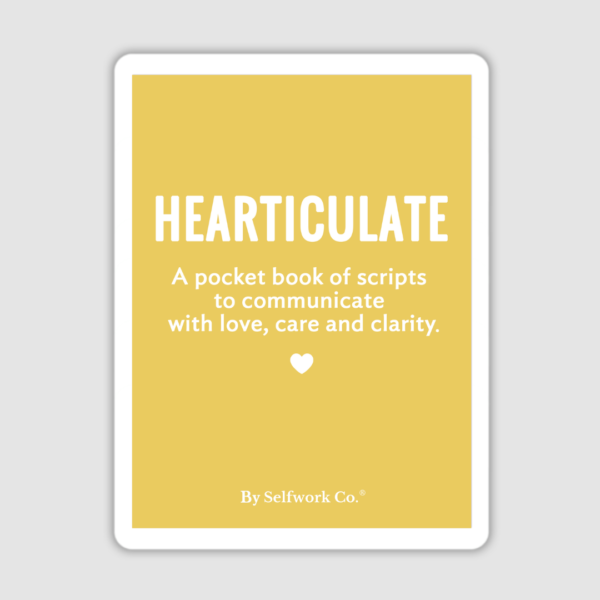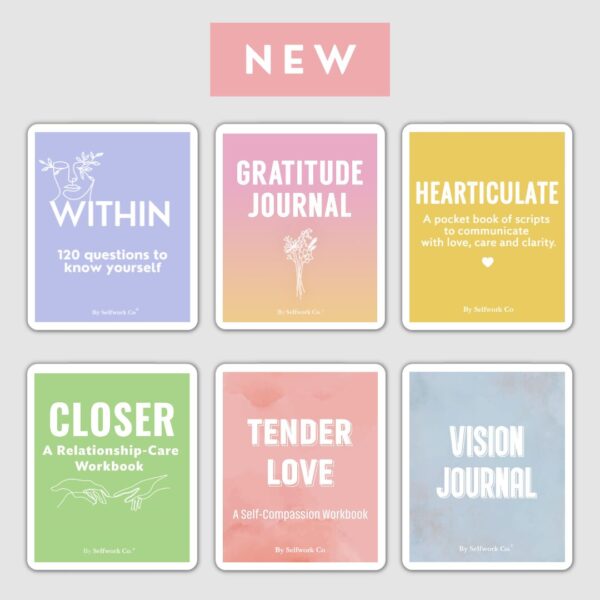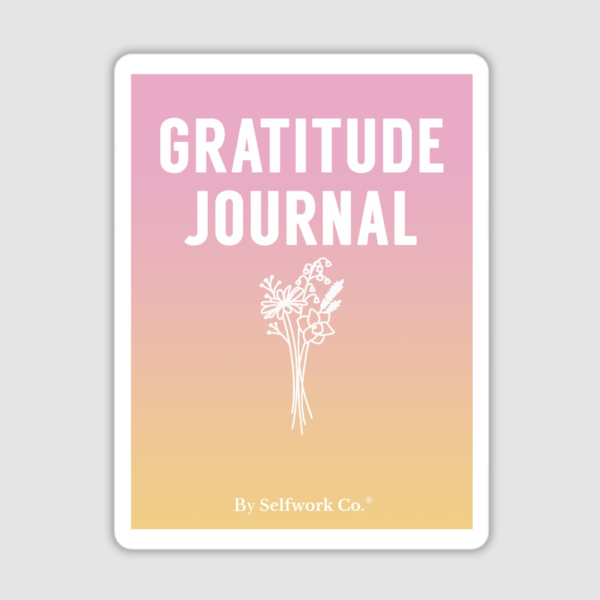
Negativity bias is the idea that humans give more weight to bad experiences than good ones. Some researchers attest that our negative emotions are 3x stronger than our positive emotions.
Where does it come from?
We’re evolutionarily wired to watch out for the bad stuff. When humans were new to the planet, paying attention to environmental dangers and threats was a matter of life and death. Those who were more alert to danger were more likely to survive. This meant they were also more likely to hand down the genes that made them more attuned to threat.
What negativity bias may look like in your daily life
- You keep playing the unpleasant encounters you have had over and over in your head
- You think about the criticism you get more than the compliments
- You have had the most amazing day yet one bad moment ruins the day for you
- You think about the risks and possibility of loss while investing in a business more than you think about the possibility of thriving and success
- You obsess about the thing you didn’t say or forgot to say in a conversation or meeting instead of all the appropriate and smart things you said
- You’re affected by negative news more than you’re impacted by positive coverage
Positivity Ratio
This is the term used by psychologists to describe the ratio between any given set of positive and negative events.
The 5:1 Rule
Psychologist John Gottman found that married couples with the same number of good and bad interactions usually separated. He also found that the happiest couples had at least five positive interactions for every negative one. This is a good ratio for most scenarios and contexts.
Building your positivity ratio
Here are some ways to overcome your brain’s negativity bias and build your positivity muscle.
- Be aware of your negativity bias
Recognising how the negativity bias works is the first step to overcoming it. The next time you feel the negative emotions piling up inside you, pause, take a deep breath and acknowledge that your brain’s natural circuitry is doing its job to protect you. Remember that you don’t need the same survival mechanisms anymore. Question all your negative emotions and thoughts. Things are usually not as bad as they seem.
- Visualise & obsess on the good stuff
The next step is to reverse the negativity by obsessing and overdosing on the good stuff. Dream up, focus and clearly visualise the positive outcomes. Afraid about starting a business? Think about what would happen if you thrived. Focussed on the things that are lacking in your life? Make a massive gratitude list. Feeling overwhelmed by the bad news? Consume a ‘low-bad diet’ & follow accounts that bring you more positivity and joy.
- Know that bad things could be good for you
According to research findings, people need both praise and criticism, reward and punishment to perform better. Negative feedback stimulates learning faster than the positive. You are more likely to grow and improve when someone criticizes you or when bad things happen, compared to when you’re constantly appreciated or when everything is comfortable. Negative outcomes are inevitable and can often be a positive stimulus for growth. Knowing this can help negate the negativity attached to a situation.
- Follow the Negative Golden Rule
In the book ‘The Power of Bad’ authors John Tierney and Roy Baumeister present the Negative Golden Rule. As a golden rule we have learned that “do unto others as you want them to do unto you”. But because bad can be more damaging, the authors suggest “Do NOT do unto others what you do NOT want done unto you.” This is the Negativity Golden Rule. Instead of trying to compensate for all the bad things by doing more good, prioritize eliminating the bad or negative actions that could damage a situation or relationship in the first place.
- Schedule simple pleasures
Don’t wait for the one big vacation, promotion, breakthrough or gesture to make up for the negative things. Everyday small pleasures and simple positive acts have a much greater impact than the occasional grand event, moment or gesture. The infrequency of such events makes them ineffective in rewiring your brain for positivity. Instead, schedule time for simple pleasures each day. Small and frequent doses of positivity can help tip the scale & counteract your brain’s natural tendency for negativity.
Keywords: negativity, negativity bias, negativity golden rule, psychology, defense mechanisms, emotional health, emotion, wellness, mental health, self-care, self-care tips, mental health, emotional balance, positive affirmations, healing, emotional health, emotional intelligence, self-compassion, inner peace, self-reflection, mindfulness, self-awareness, self-expression, self-discovery, emotional intimacy, positivity, positive mindset









